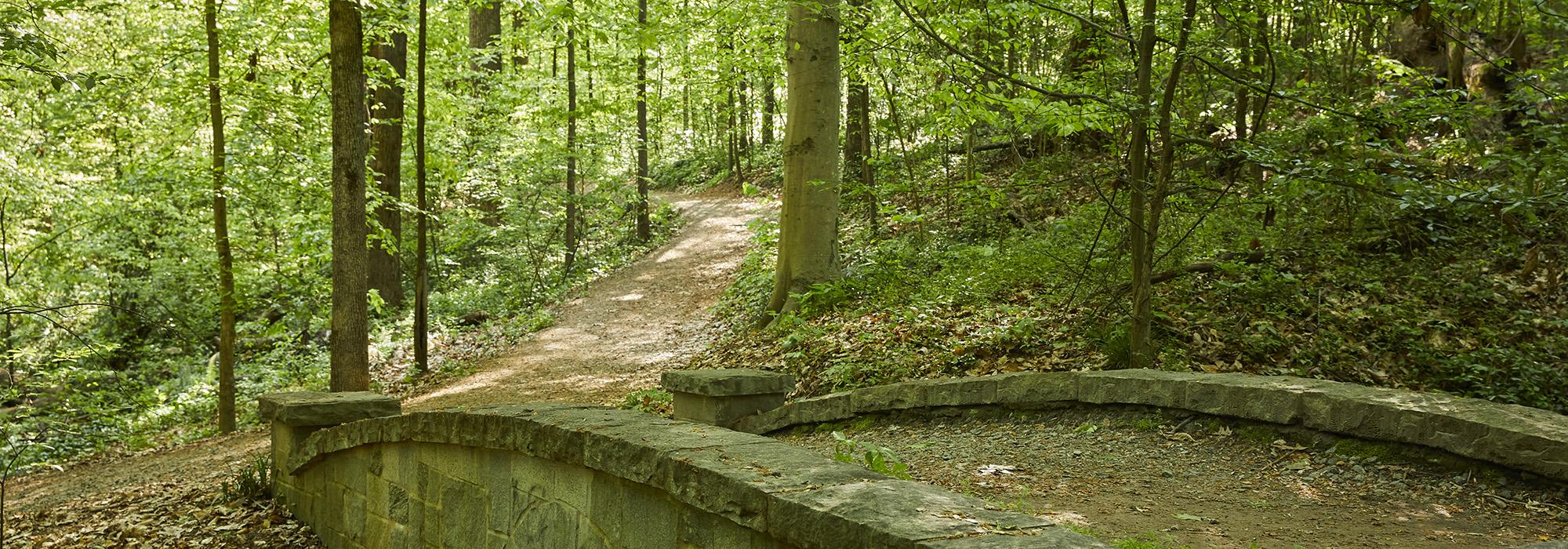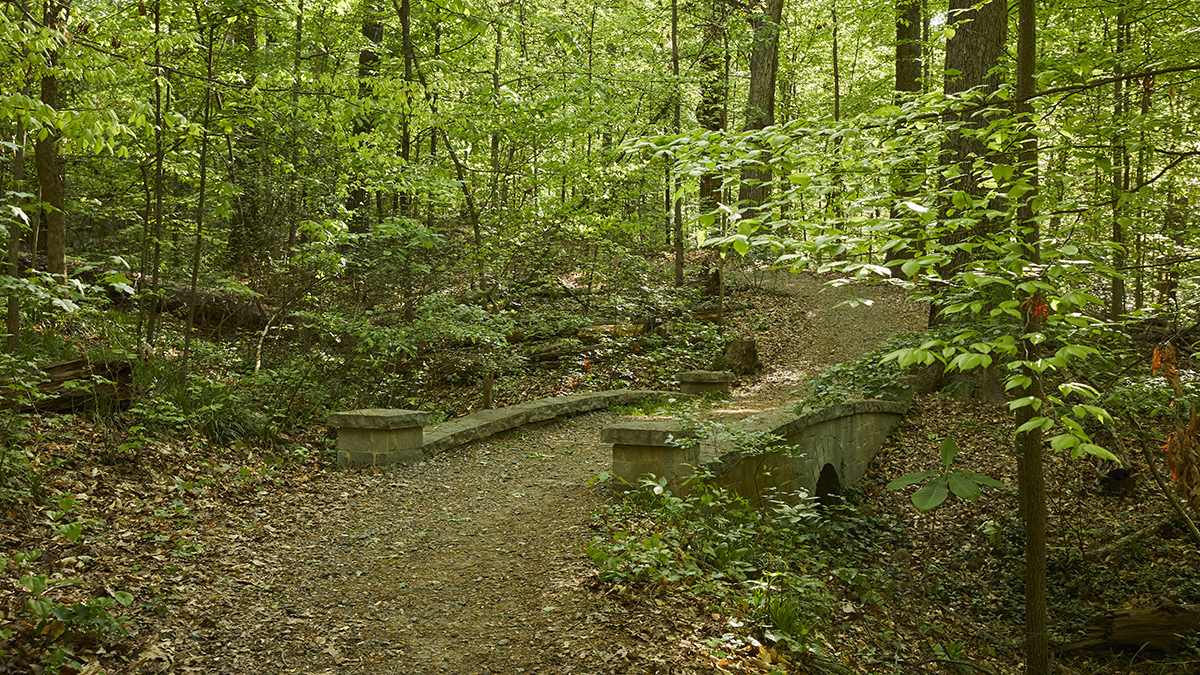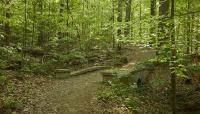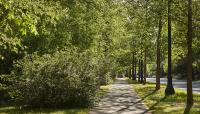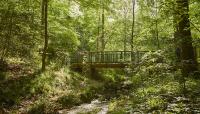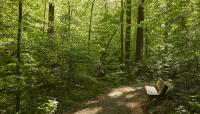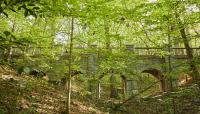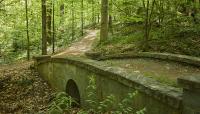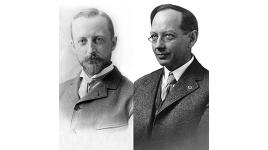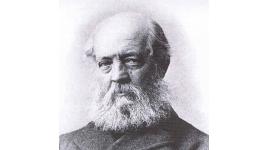Landscape Information
This 22-acre woodland represents the easternmost portion of six linked public spaces interlaced with Ponce de Leon Avenue in the residential development of Druid Hills. The parks and the curvilinear parkway were proposed by Fredrick Law Olmsted, Sr., and John Charles Olmsted in an 1893 plan for the 1,400-acre residential community. Olmsted, Sr., named five of the parks after natural features, including this woodland, characterized by steep sides that slope towards a tributary of the Peavine Creek. Olmsted Brothers updated the plan in 1905, after which construction of the residential enclave commenced. As Olmsted, Sr., envisioned, the parkway encircles the wooded ravine, effectively preserving it. Traversed by curvilinear footpaths, the park encompasses rugged topography and a remnant old growth Piedmont Forest. The oak-hickory-dominated forest, which represents approximately half of the total acreage of the six linear parks, remained relatively unaltered until the 1960s when it was threatened by encroaching urbanization and changes in land use regulations. Since 1976 the park has been owned by the non-profit organization, Fernbank, Inc., which also stewards a nearby 65-acre old-growth forest. In 1997 the Olmsted Linear Park Alliance (OLPA), a public-private partnership, was founded to implement Olmsted’s original vision through a master plan adopted by the City of Atlanta, DeKalb County, and Fernbank, Inc. The OLPA addressed severe erosion in a section of the woodland’s southeastern portion near Ponce de Leon Avenue. Tunnell & Tunnell Landscape Architecture led the effort to restore a stream with a series of pools and riffles, stabilizing slopes and planting species adapted to thrive in wet conditions. Additionally, granite and wood bridges were introduced throughout the park to mitigate erosion and safely traverse the park. Fernbank, Inc., currently leases the park to the DeKalb County Department of Parks and Recreation. Ponce de Leon Avenue, along with the 45 acres of connected parks, was listed in the National Register of Historic Places in 1975 and the 1,300- acre Druid Hills Historic District was listed in the National Register of Historic Places in 1979.



